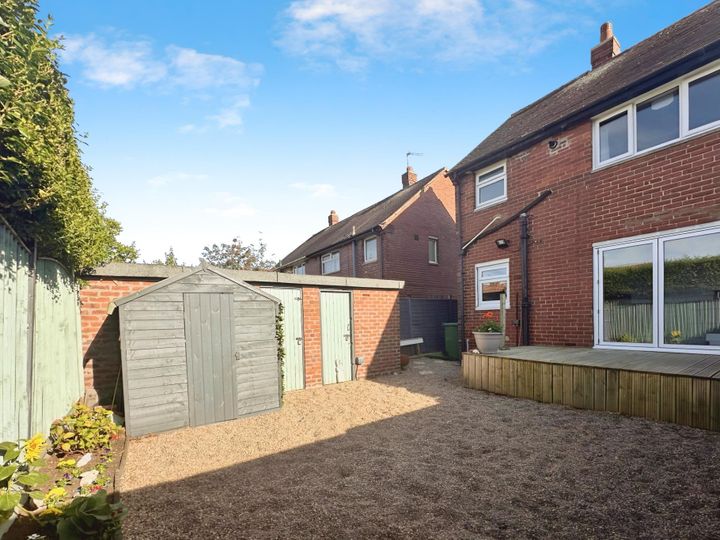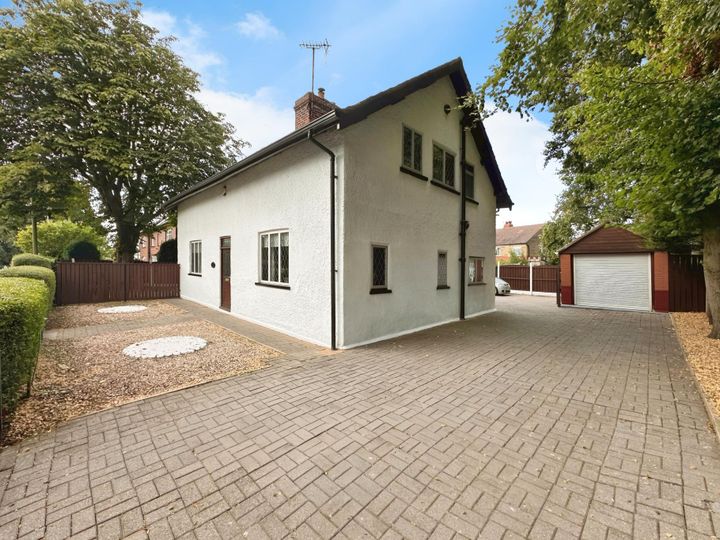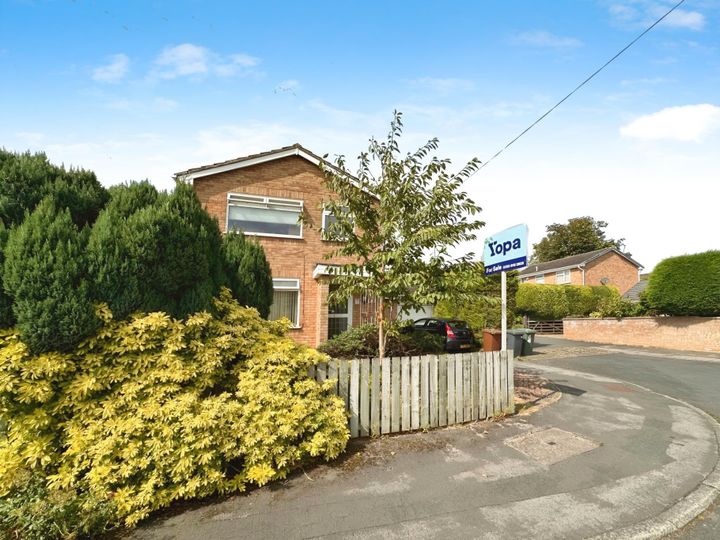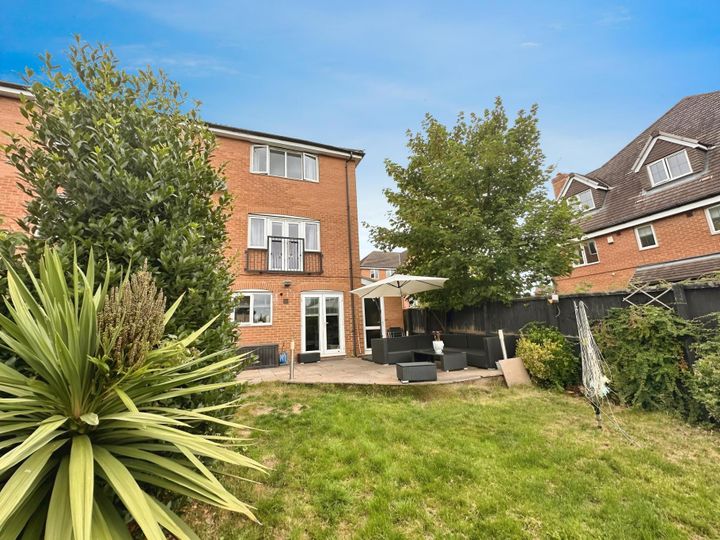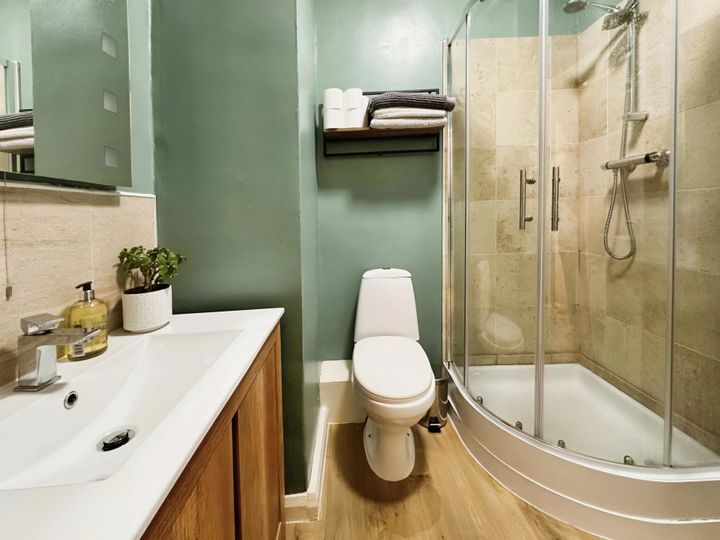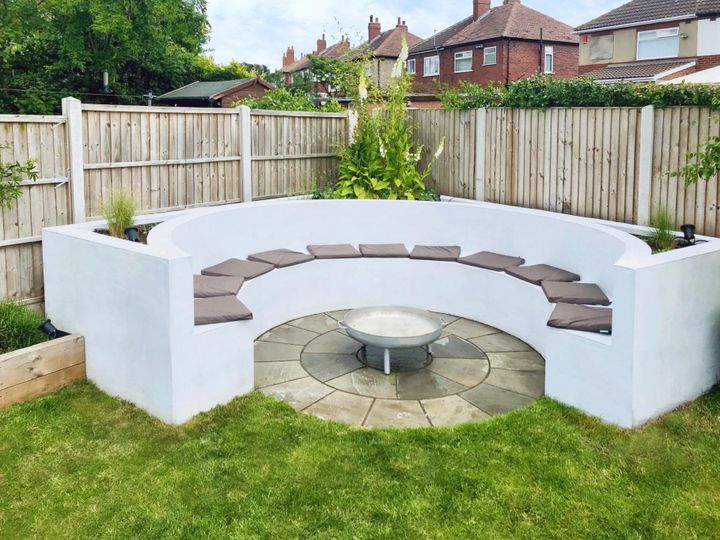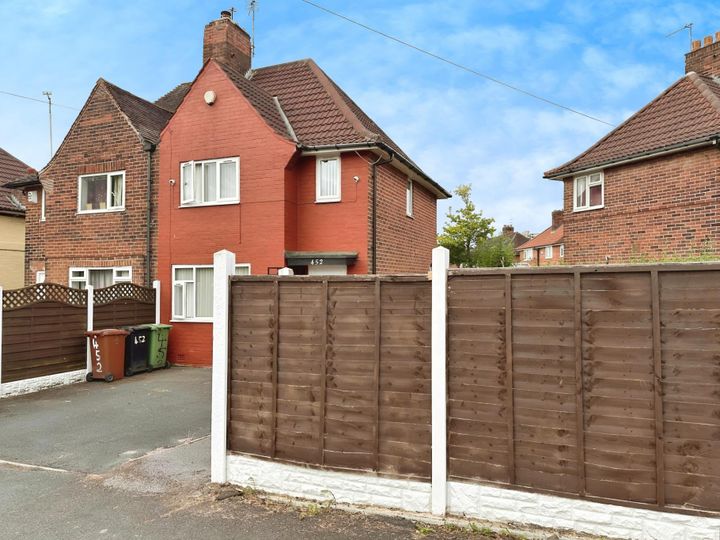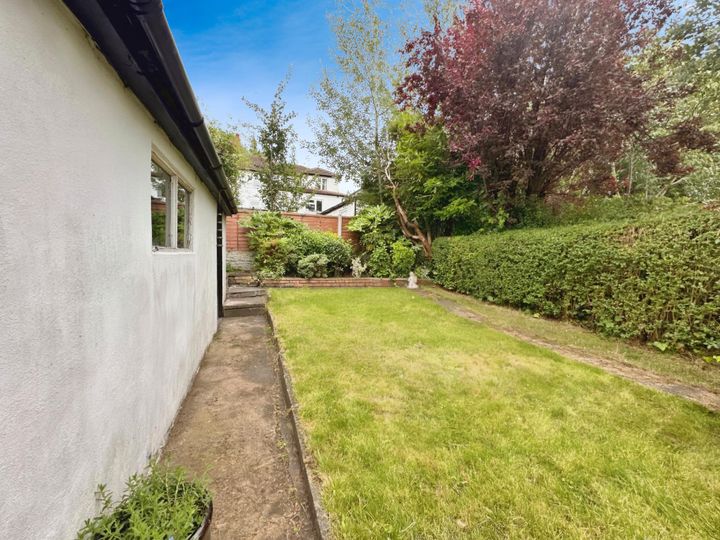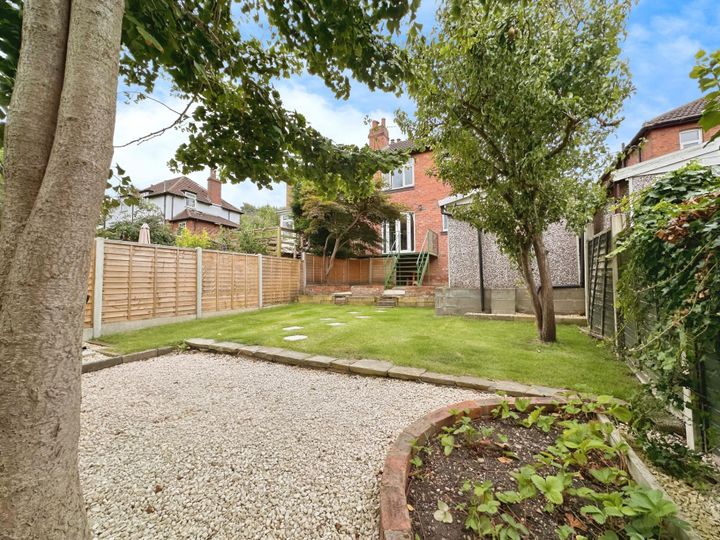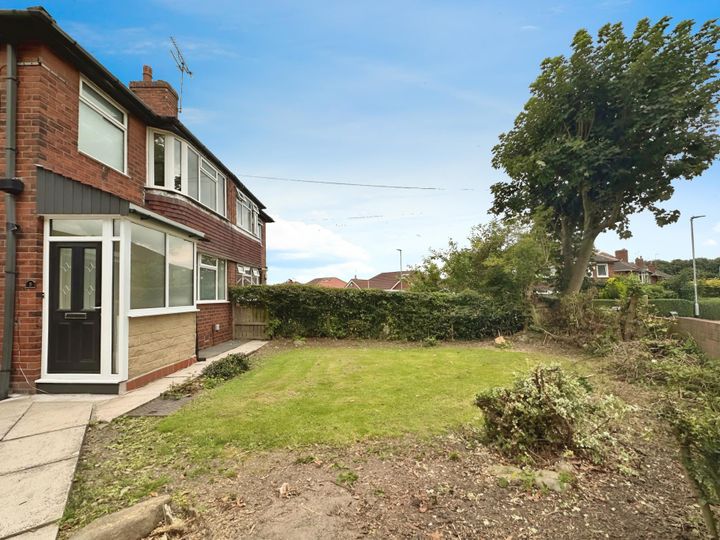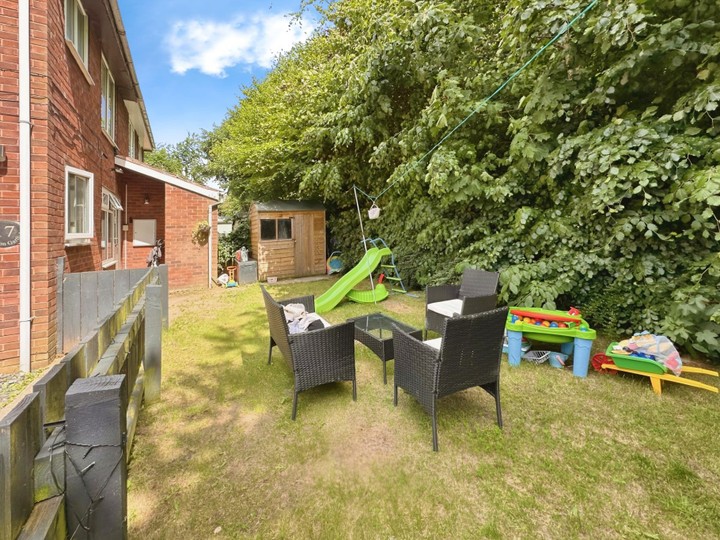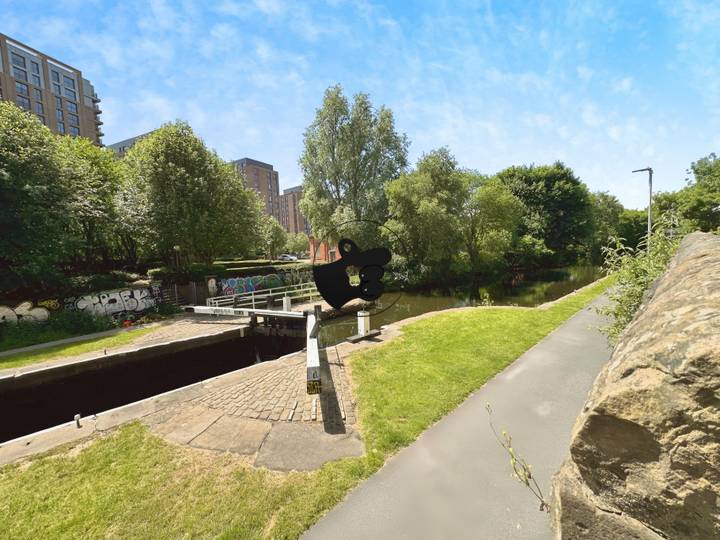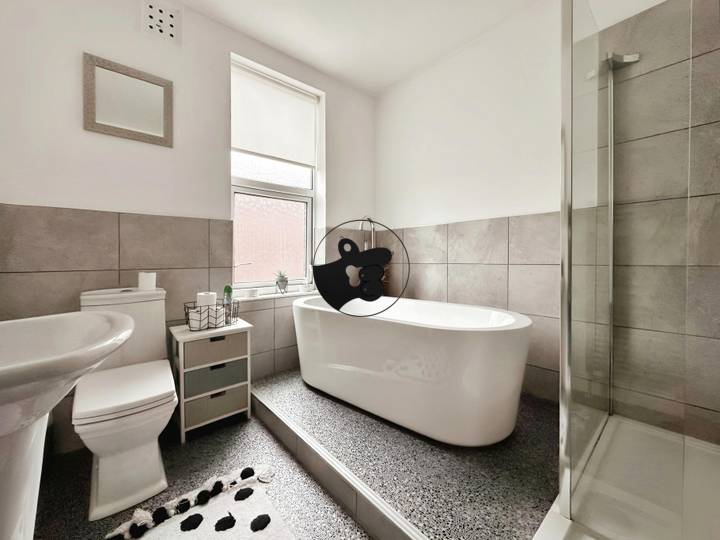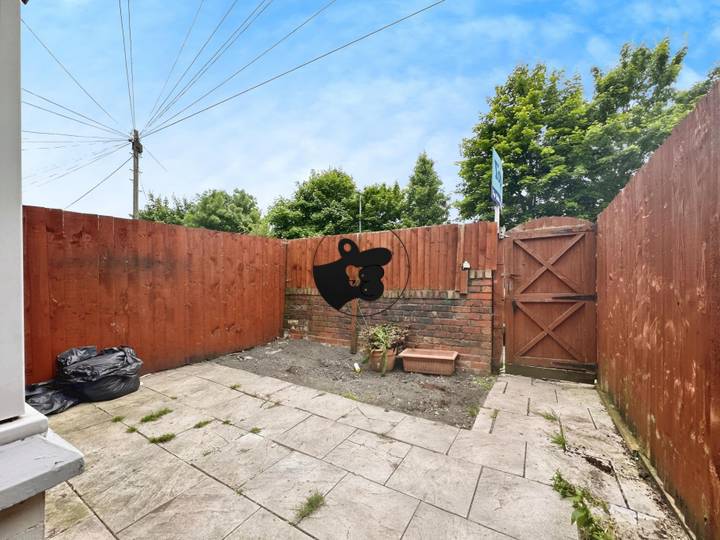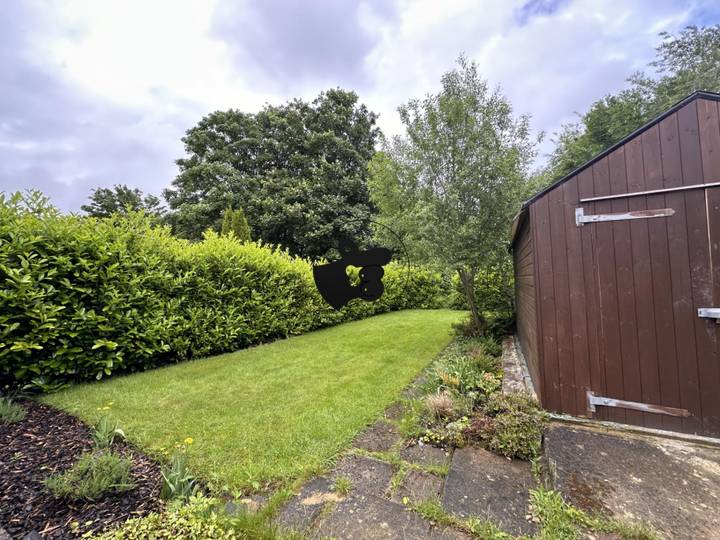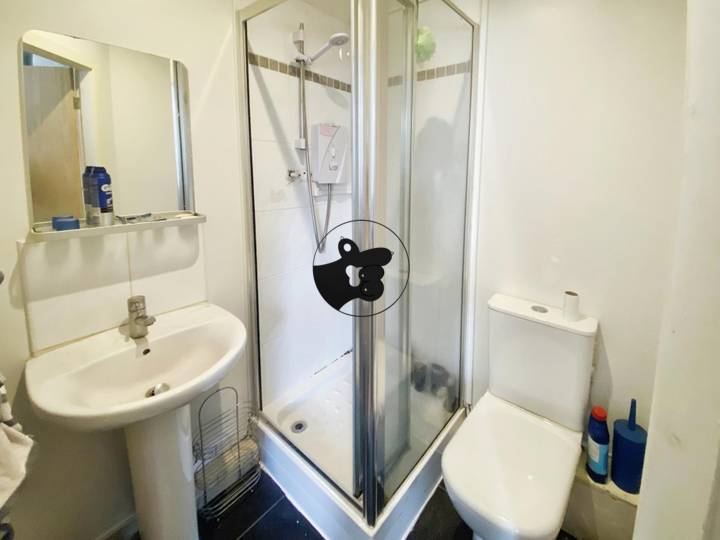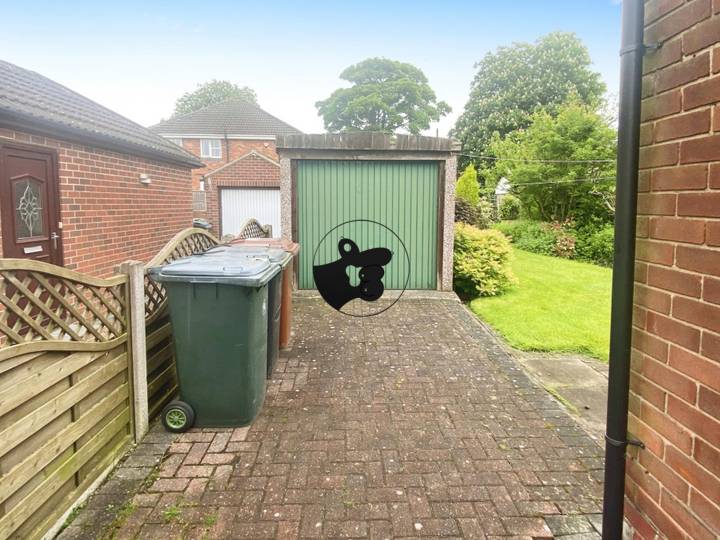As of late 2023, the average home prices in Leeds fluctuate around £230,000, reflecting a diverse property market. In areas such as Chapel Allerton and Headingley, prices for three-bedroom terraced homes average between £300,000 and £400,000, driven by their appeal to young professionals and families. More affordable options can be found in neighborhoods like Bramley or Seacroft, where prices for similar properties might range from £180,000 to £220,000. Additionally, developments in the city center have led to new apartments being marketed between £200,000 and £500,000, depending on their size and location. Overall, the Leeds housing market showcases significant variability, influenced by proximity to amenities and the historical context of different areas.
Leeds
Location
Price Range
Any price
Price Range
Minimum
No min
Maximum
No max
Property type
Show all
Property type
Show all
House
Apartment
Building
Other
Bedrooms
Any beds
Bedrooms
Minimum
No min
Maximum
No max
Surface Range
Any surface
Surface Range
Minimum
No min
Maximum
No max
Sale type
For sale
Sale type
Show all
To rent
For sale
Location
Apartments and houses for sale in Leeds
23 results
Recent
Leeds insights
| Aspect | Summary |
|---|---|
| Population | 793,139 |
| Average Property Price | £230,000 |
| Rental Yield | 5.5% |
| Average Rent | £1,200/month |
| Occupancy Rate | 95% |
| Capital Growth Rate | 4% |
| Property Tax | 1.2% of property value |
| Transaction Costs | Approximately 3-4% of property price |
| Expected ROI | 8-10% |
| Economic Growth Impact | Leeds shows consistent economic growth driven by technology and financial services sectors. |
Leeds FAQ
What are the average home prices in Leeds?
How have real estate prices in Leeds changed over the past year?
Over the past year, real estate prices in Leeds have seen a noticeable upward trend, largely driven by increased demand and limited housing supply. According to recent reports, the average house price in Leeds rose by approximately 7% from the previous year, with areas like Chapel Allerton and Horsforth witnessing sharper increases of up to 10%. The average property price in Chapel Allerton now hovers around £350,000, reflecting its popularity among young professionals and families. Rental prices have similarly escalated, with a one-bedroom apartment in the city center costing around £900 per month, a rise of nearly 5% compared to last year. The competitive market has been fueled by factors such as improved transport links, ongoing regeneration projects, and a growing preference for urban living, which have collectively contributed to the surge in property values across the city.
What factors influence real estate prices in Leeds?
Several factors significantly influence real estate prices in Leeds. Firstly, location is paramount; properties near the city center or key amenities such as universities, hospitals, and shopping districts tend to command higher prices. Areas like Leeds city center and Headingley, known for their vibrant communities and proximity to public transport, are particularly sought after. Economic factors also play a role; the growth of the job market, particularly in sectors like finance, technology, and health, drives demand for housing. Additionally, changes in interest rates can affect buyers' purchasing power, impacting overall market activity. The age and condition of properties are other vital elements, with newer or well-renovated homes generally attracting higher offers. Local policies, such as zoning laws and taxes, can also create fluctuations in the market, as seen in initiatives to promote urban regeneration around areas like Holbeck and South Bank. Finally, demographic trends, such as the influx of young professionals and students, alter demand patterns, influencing rental prices and property valuations across various neighborhoods.
Are property prices higher in certain areas of Leeds?
Property prices in Leeds vary significantly by area, influenced by factors such as local amenities, school performance, and transportation links. For instance, areas like Wharfedale and Roundhay are known for their spacious homes and green spaces, commanding higher prices compared to neighborhoods such as Armley and Churwell, which tend to have more affordable housing options. The city center, particularly around development hotspots like South Bank, has seen a surge in property prices due to ongoing regeneration and increased demand for urban living. Additionally, Headingley, popular among students and young professionals, presents a mixed housing market, with properties that can be pricey due to demand but also options that remain budget-friendly. Conversely, areas on the outskirts, such as Seacroft and Belle Isle, generally offer lower prices, making them attractive for first-time buyers.
What is the price range for apartments in Leeds?
In Leeds, the price range for apartments varies significantly depending on the location, size, and amenities. Generally, studio apartments can start from around £700 to £1,000 per month in areas like Headingley or Beeston. One-bedroom apartments in desirable neighborhoods such as the city center or Granary Wharf typically range from £900 to £1,300 per month. If you're looking for two-bedroom apartments, prices can range from £1,200 to £1,800, especially in upscale developments or those close to public transport and local shops. For instance, luxury developments in City Square can command higher rents, sometimes exceeding £2,000. Meanwhile, more affordable options can be found in areas like Hunslet or Holbeck, where you might find two-bedroom apartments starting around £950.
How do Leeds real estate prices compare to nearby cities?
Leeds real estate prices are generally more affordable compared to nearby cities like Manchester and Birmingham. For instance, as of late 2023, the average property price in Leeds hovers around £200,000, while in Manchester, it tends to reach approximately £240,000. Similarly, Birmingham's average is often around £230,000. These differences can be attributed to various factors, including Leeds' strong rental market and its position as a key economic hub in the north of England. In terms of specific neighborhoods, areas like Headingley and Chapel Allerton in Leeds may see prices ranging from £250,000 to £400,000 for two- or three-bedroom homes, contrasting with the more expensive northern suburbs of Manchester, where similar properties can start around £300,000. Additionally, the overall growth trends in Leeds' real estate market make it a competitive option for buyers looking in the Greater Manchester or West Midlands areas.
What is the forecast for real estate prices in Leeds in the coming years?
Forecasts for real estate prices in Leeds over the coming years suggest a continuation of the upward trend, driven by factors such as increased investment in infrastructure and a growing demand for housing. The city's ongoing regeneration projects, particularly around the South Bank area, are expected to enhance appeal as new residential developments emerge. For instance, the recently proposed Leeds London Road development aims to provide a mix of residential housing and commercial space, potentially raising property values in the vicinity. Additionally, the economic recovery post-pandemic, coupled with an influx of young professionals and students, is likely to create further demand for rental properties. Reports also indicate a 3-5% annual price increase, reflecting both local economic growth and national trends. Overall, the combination of urban development and demographic shifts positions Leeds as a vibrant market for real estate.


